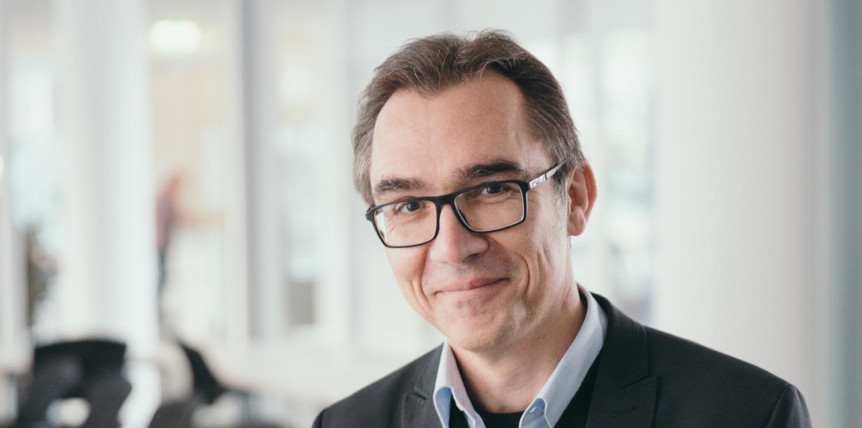Mr. Popp, you want to conduct a round robin experiment as part of the European COST Action Raman4Clinics. Why?
Raman spectroscopy has already proved its effectiveness in many cases for medical diagnostics such as for cancer, cardiovascular diseases and infections. However, there are no standards in the different working groups, e.g. for sample preparation, implementation of the Raman experiments, spectra pre-treatment, data evaluation, etc.
In a round robin experiment, the required groundwork will take place in order to define standardised Raman measurement methods, which will be fundamental for establishing Raman spectroscopy for clinical diagnostic procedures.
What, specifically, are you expecting from the round robin test?
First of all we are expecting feedback that allows us to advance the standardisation of measurement procedures. This includes seemingly mundane things such as the logistics necessary for a round robin experiment of this type – for example the shipping of bacterial samples across Europe or the cooperation of 40 participating laboratories. After all, it is the first Raman round robin experiment of this size conducted within the framework of clinical analysis. In addition, with feedback from the labs, we can improve standards for calibration or gather information about the differences between various types of devices. But we basically want to demonstrate that Raman can be used for standardised measurement of samples and central processing and evaluation of data. The round robin experiment is an important step in the technology pathway in routine lab diagnostics. The results will also contribute to the transfer of spectra databases and classification procedures from various research labs to clinical users.
What is the exact sequence of the round robin experiment?
About 60 labs will participate in the round robin experiment. The measurements will take place on the smallest common denominator, since neither identical devices nor methods are available in the laboratories. The round robin experiment will consist of three rounds total. In the first round, we will send samples such as Paracetamol, polystyrene or agar to the partners to test the calibration of different equipment. This allows us to draw conclusions about the available devices and the comparability of the spectral data. This is important particularly if we want to approach the device manufacturers at a later time. In a second round, inactivated biological samples such as bacteria, cells or tissue are sent to the partners. The aim is to define measurement parameters with which the partners record comparable Raman spectra. In the last test round, step 2 is repeated with a higher sample number in order to manage and validate classification models with data from multiple labs.

